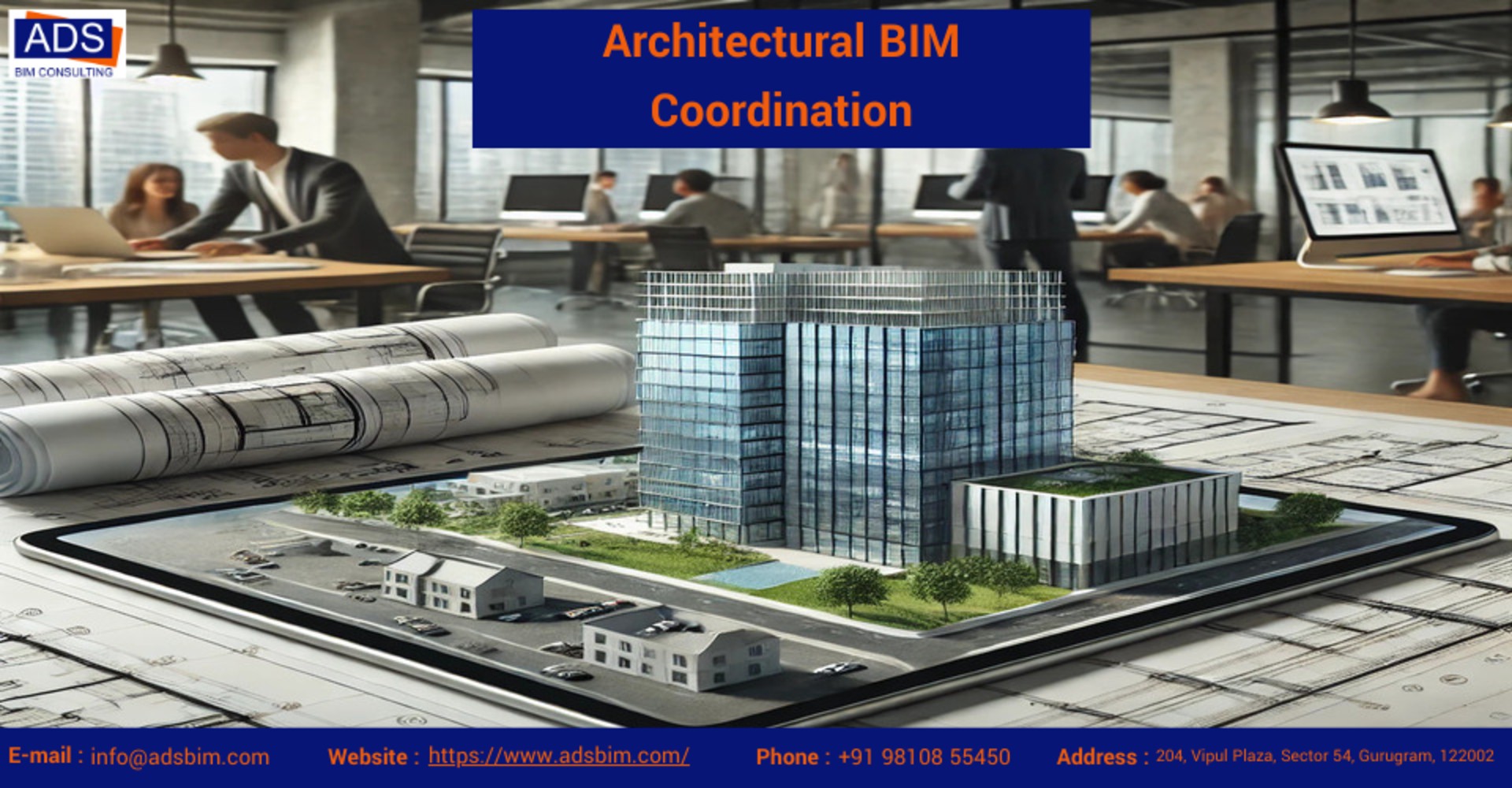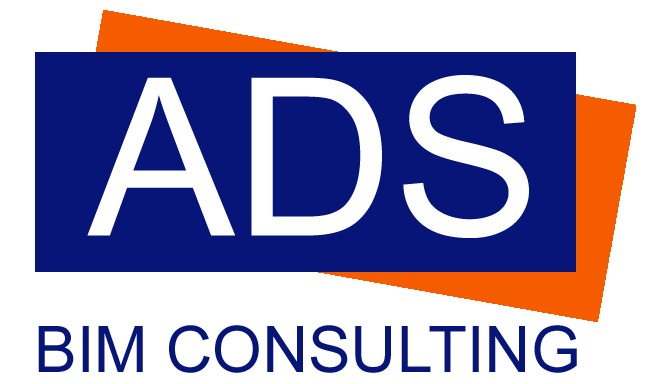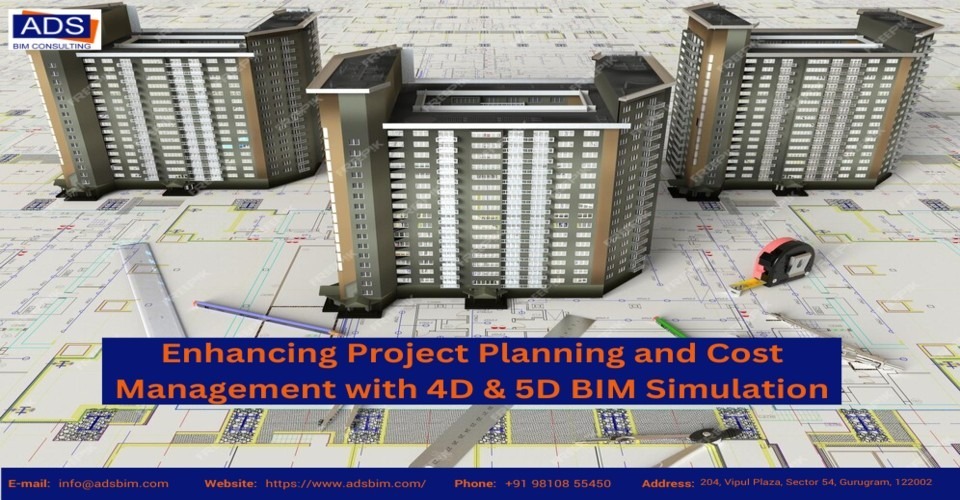
Architectural BIM Coordination: The Key to Error-Free Design & Seamless Collaboration
Architectural Design Coordination with BIM: Boosting Project Efficiency
Introduction
In the fast-paced world of architecture and construction, effective coordination is crucial for project success. Architectural BIM Coordination plays a transformative role in streamlining design, minimizing clashes, and enhancing communication among stakeholders. By integrating Building Information Modeling (BIM) into architectural coordination, firms can significantly improve efficiency, reduce costs, and ensure seamless project execution.
In this blog, we explore the importance of Architectural BIM Coordination, its key benefits, real-world applications, and how it can revolutionize architectural design and construction workflows.
Understanding Architectural BIM Coordination
Architectural BIM Coordination refers to the process of integrating and managing architectural models within a BIM environment. This approach ensures alignment between architectural, structural, and MEP (Mechanical, Electrical, and Plumbing) disciplines. By utilizing BIM tools, architects can detect and resolve design conflicts before construction begins, leading to improved project outcomes.
Key Components of Architectural BIM Coordination:
- 3D Model Integration: Combining architectural models with structural and MEP designs.
- Clash Detection & Resolution: Identifying conflicts early to prevent costly rework.
- Data-Driven Decision Making: Utilizing BIM data for better planning and execution.
- Collaboration & Communication: Enhancing coordination between architects, engineers, and contractors.
Benefits of Architectural BIM Coordination
- Clash Detection and Risk Mitigation
With Architectural BIM Coordination, architects can identify design clashes before they impact construction. BIM software like Autodesk Revit and Navisworks enables real-time clash detection, preventing costly delays and modifications on-site.
- Enhanced Design Accuracy
BIM allows architects to create highly accurate digital models that integrate various project elements. This precision minimizes errors, reduces material wastage, and ensures compliance with industry standards.
- Improved Collaboration Among Stakeholders
BIM facilitates seamless collaboration between architects, engineers, and contractors. Through a centralized BIM model, all stakeholders can access updated design information, improving decision-making and reducing misunderstandings.
- Optimized Project Scheduling
By integrating 4D BIM (time-based simulation), teams can visualize construction sequences, anticipate potential bottlenecks, and optimize project timelines effectively.
- Cost Savings and Resource Optimization
With Architectural BIM Coordination, firms can achieve better cost estimation and budgeting. 5D BIM (cost-based simulation) helps in financial planning, reducing unforeseen expenses and ensuring budget adherence.
- Sustainability and Energy Efficiency
BIM enables architects to assess energy efficiency and sustainability metrics during the design phase. This approach leads to greener buildings and compliance with environmental regulations.
Real-World Applications of Architectural BIM Coordination
- Large-Scale Commercial Projects
In commercial developments such as office buildings and shopping centers, Architectural BIM Coordination helps integrate complex structural and MEP systems, ensuring smooth execution.
- Residential Construction
From single-family homes to multi-unit apartments, BIM enhances design precision, helping architects deliver projects that meet client expectations without errors or delays.
- Healthcare Facilities
BIM plays a critical role in healthcare projects by ensuring proper space planning for medical equipment, patient safety measures, and regulatory compliance.
- Infrastructure and Public Works
Government projects, including transportation hubs and urban infrastructure, rely on BIM to coordinate multidisciplinary teams and ensure accurate execution.
How to Implement Architectural BIM Coordination Effectively
To successfully implement Architectural BIM Coordination, follow these steps:
- Choose the Right BIM Software
Selecting industry-leading BIM tools like Revit, ArchiCAD, or Navisworks ensures seamless design integration and coordination.
- Train Your Team
Providing BIM training to architects, engineers, and project managers enhances their ability to collaborate efficiently using BIM technology.
- Standardize BIM Workflows
Establishing BIM standards, templates, and protocols ensures consistency in project execution and documentation.
- Leverage Cloud-Based BIM Collaboration Tools
Using platforms like Autodesk BIM 360 or Trimble Connect allows real-time access to project data, fostering better collaboration among teams.
- Engage BIM Consultants
Partnering with BIM consulting experts, such as ADS BIM, ensures smooth implementation and maximized project benefits.
Internal Links for Further Learning
- Explore Our BIM Services
- Discover Our Clash Detection and Coordination Solutions
- Learn About Our 3D BIM Modeling Expertise
- Understand the Benefits of Scan to BIM
- Find Out More About Digital Prefabrication
FAQs on Architectural BIM Coordination
- What is Architectural BIM Coordination?
Architectural BIM Coordination is the process of integrating architectural models within a BIM environment to align with structural and MEP designs, reducing errors and improving efficiency.
- How does BIM improve architectural design coordination?
BIM enhances coordination by detecting clashes, improving communication, optimizing resource allocation, and providing real-time project visualization.
- What are the best BIM tools for architectural coordination?
Leading BIM software includes Autodesk Revit, Navisworks, ArchiCAD, and BIM 360, all of which facilitate seamless coordination.
- Can BIM help reduce construction costs?
Yes, BIM provides precise cost estimation through 5D BIM, allowing for better budget management and minimizing unexpected expenses.
- How can ADS BIM assist with Architectural BIM Coordination?
ADS BIM specializes in providing expert BIM solutions, ensuring efficient design coordination, clash detection, and seamless collaboration for architectural projects.
Conclusion
Architectural BIM Coordination is a game-changer in the AEC industry, enhancing efficiency, reducing risks, and optimizing project workflows. By leveraging BIM technology, architects and project teams can streamline design coordination, ensure cost control, and deliver successful construction projects.
Partner with ADS BIM for industry-leading BIM solutions tailored to your project needs.
📞 Contact us at: info@adsbim.com
🌍 Visit our website: ADS BIM
#ArchitecturalBIMCoordination #BIMServices #ConstructionEfficiency #BuildingDesign #ClashDetection #ProjectPlanning #DigitalConstruction #AECIndustry #BIMConsulting #ADSBIM





Pingback: Architectural Design Coordination with BIM: Boosting Project Efficiency – ADSBIM Blog